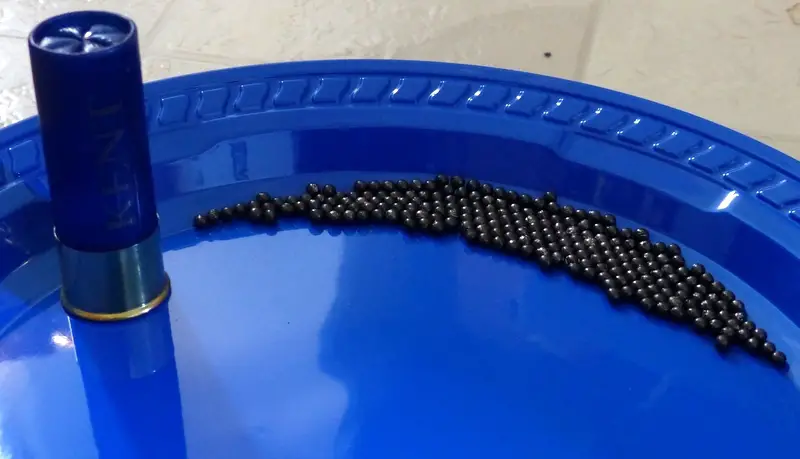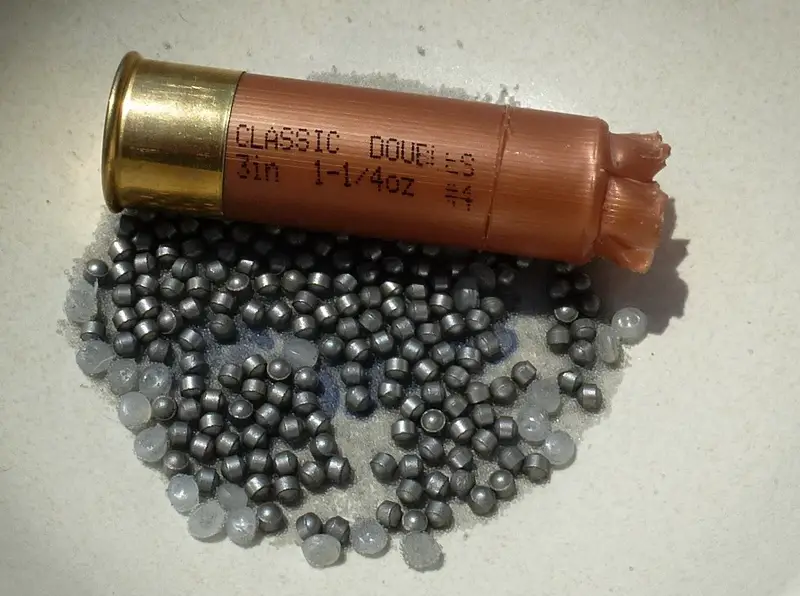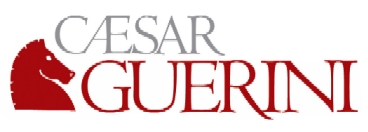The Spectacular Liars of Hevi-Shot are at It Again
Hevi-Shot
writes, in their latest batch of fraudulent drivel (“The Hevi-X
Secret”) the following:
“Irregular-shaped
pellets reduce drag and increase tissue damage.” Hevi-Shot goes on
to say, “But do you know the difference between HEVI-X and other
products claiming to be in the same category?
Give
up? It’s tungsten.
Other
similar products use bismuth, which—while similar to tungsten—is
soft and tends to deform.”
Certainly,
there is nothing wrong with the conventional and well-accepted
practice of trying to promote whatever it is you are trying to sell.
What is wrong is just flat-out lying in an attempt to garner a sale
under false pretenses. The idea that “irregular-shaped pellets
reduce drag” is a very clear, blatant lie. Nothing could be further
from the truth, for the best form factor for shot is a perfectly
round sphere.
Right
after pouring the shameless lie about “reducing drag” over your
head, Hevi-Shot goes on to say that bismuth “tends to deform.” In
the alternate bizzaro universe of Hevi-Shot, deformed shot is somehow
an advantage, as that is what irregular-shaped shot is.
The
entire company is based on a lie: “HEVI-SHOT®
is "heavier than lead"®.” What
weighs more, a pound of lead or a pound of feathers? What Hevi-Shot
apparently is clueless about is that the difference in shot materials
is primarily density,
not weight. A 1-1/4 oz. payload is a 1-1/4 oz. payload. Hevi-Shot
continually avoids publishing shot densities, as is the case with
“Hevi-X.” According to Tom Roster, “HEVI-X is a mid-density
pellet—about halfway between steel shot (approximately 7.86 g/cc)
and HEVI-Shot (approximately 12.0 g/cc).” Not even Tom Roster can
be bothered to publish the actual density.
Federal
wins the density race easily as far as factory loads with their 18
g/cc Heavyweight TSS loads that puts everything else to shame.
Bismuth runs about 9.7 g/cc and lead is about 11.1 g/cc.
Apparently,
Hevi-Shot is having a really rough time competing with current
bismuth loads, as well they should. Bismuth does not destroy
lead-only barrels and doesn't gouge forcing cones and choke tubes as
steel and tungsten can. Regardless of what shotgun you have, bismuth
is easier on it than steel or tungsten loads. The only safe as lead
tungsten load is Kent Tungsten Matrix.
We
all have choices and lots of things “work.” Merely being able to
drop a duck or a pheasant was not alert the media material 120 years
ago. Unless, that is, you buy into the incomprehensible fraudulent
claims of Hevi-Shot. They are the snake-oil champions of shameless
bluster, a company that is allergic to truth in their fact-free
advertising. Anytime you start hearing about increased “wounding
trauma” in a shotshell, buckle up for it is going to be a bumpy
ride.
The
goal is not to traumatize a bird, the goal is instant kills with no
crippling losses. A #5 lead pellet is a formidable pellet to a 2-1/2
lb. mallard or a 2-3/4 lb. pheasant. If wingshooting was comprised of
shooting flying pigs, it wouldn't be an appropriate pellet diameter,
but that isn't the case.
Steel,
actually soft iron, works . . . within range. It does not have the
ballistic potential to equal lead. It is
estimated that it takes about 6 shells for every duck taken, and 18%
hunters report an average 18 percent loss rate to USFWS. The wounding
rate on ducks is at least 25 percent —translating to “approximately
3.4 to 3.7 million ducks and geese unrecovered each year in the U.S.
and Canada.

Now,
for the first time, we have bismuth loads that actually offer more
penetration than their lead counterparts at 45 yards. Bismuth #3
beats lead #5 by a small amount and Bismuth BB beats the old standard
of lead #2 for geese at 45 yards. These loads make shameful gimmicks like
Hevi-X look pathetically weak by comparison, for that's exactly what
they are.


Copyright 2018 by Randy Wakeman. All Rights Reserved.












